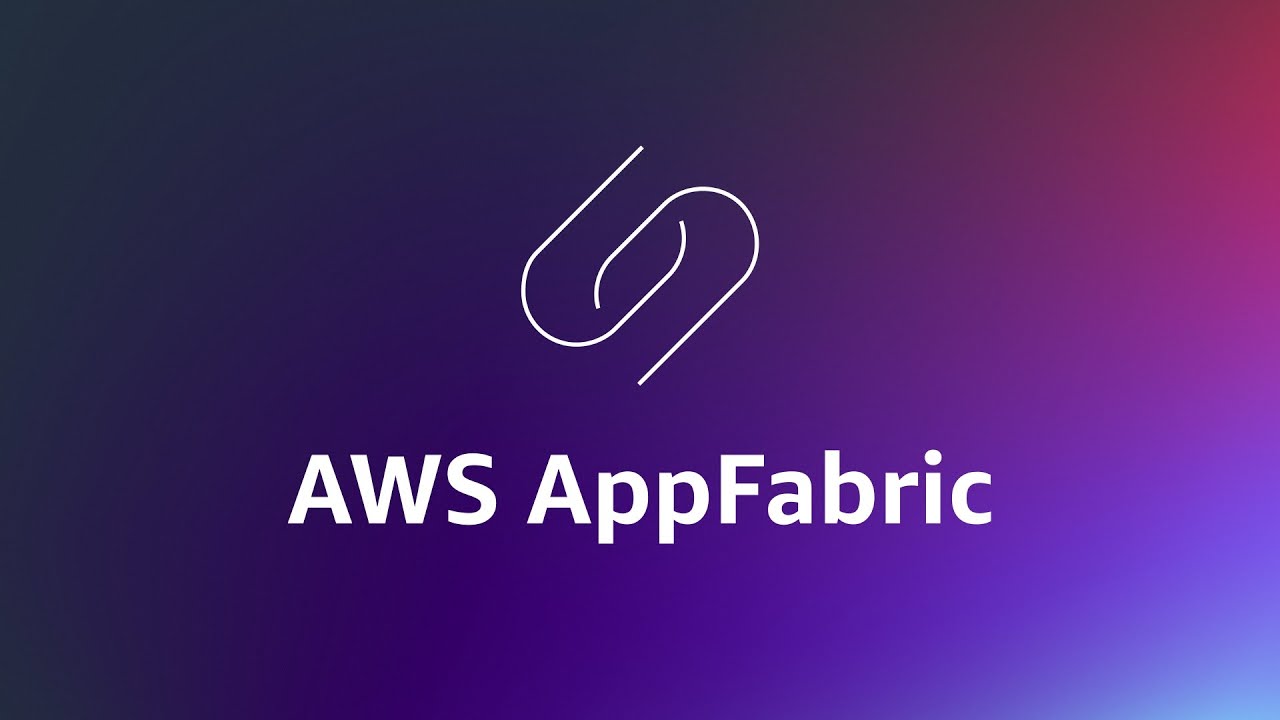Demystifying AWS App Fabric: A Simple Guide to Implementation
 Sumit Mondal
Sumit Mondal
Introduction:
Embracing the cloud has become a necessity for modern businesses, and Amazon Web Services (AWS) stands out as a leading cloud platform. Among its myriad services, AWS App Fabric holds a crucial place, providing a seamless and scalable solution for building, deploying, and managing applications. In this blog post, we will demystify the process of implementing AWS App Fabric in a simple and easy-to-understand way.
Understanding AWS App Fabric:
Before diving into the implementation, it's essential to comprehend what AWS App Fabric is. AWS App Fabric is a set of services that enables developers to build and operate cloud-native applications quickly and efficiently. It leverages managed services to handle infrastructure concerns, allowing developers to focus on writing code and delivering value to their users.
Implementation Steps:
Set Up AWS Account: If you don't already have an AWS account, the first step is to create one. Visit the AWS website and follow the straightforward account creation process.
Access AWS Console: Once your account is set up, log in to the AWS Management Console. This is your central hub for accessing and managing AWS services.
Navigate to AWS App Fabric: In the AWS Console, locate the "AWS App Fabric" service. You can either use the search bar or find it under the "Compute" section.
Create a New App: Click on the "Create Application" button to initiate the process. Follow the prompts to provide essential information about your application, such as name, description, and deployment settings.
Define Resources: AWS App Fabric allows you to define the required resources for your application, including compute instances, databases, and storage. Specify the resources based on your application's needs.
Configure Scaling Options: One of the key advantages of AWS App Fabric is its ability to scale seamlessly. Configure auto-scaling options to ensure your application can handle varying workloads without manual intervention.
Set Up Monitoring and Logging: Enable monitoring and logging to gain insights into your application's performance and troubleshoot issues effectively. AWS provides various tools, such as Amazon CloudWatch, for this purpose.
Deploy Your Application: Once you've configured all the settings, proceed to deploy your application. AWS App Fabric automates the deployment process, making it quick and hassle-free.
Test and Monitor: After deployment, thoroughly test your application to ensure everything is functioning as expected. Use the monitoring tools to keep track of performance and address any issues promptly.
Optimize and Iterate: As your application evolves, continuously optimize and iterate. AWS App Fabric facilitates easy updates and modifications, allowing you to adapt to changing requirements seamlessly.
Conclusion:
Implementing AWS App Fabric doesn't have to be a complex and daunting task. By following these simple steps, you can leverage the power of AWS to build, deploy, and manage your applications efficiently. As technology continues to evolve, embracing cloud-native solutions like AWS App Fabric becomes increasingly crucial for staying competitive in the ever-changing landscape of modern business.
Subscribe to my newsletter
Read articles from Sumit Mondal directly inside your inbox. Subscribe to the newsletter, and don't miss out.
Written by

Sumit Mondal
Sumit Mondal
Hello Hashnode Community! I'm Sumit Mondal, your friendly neighborhood DevOps Engineer on a mission to elevate the world of software development and operations! Join me on Hashnode, and let's code, deploy, and innovate our way to success! Together, we'll shape the future of DevOps one commit at a time. #DevOps #Automation #ContinuousDelivery #HashnodeHero